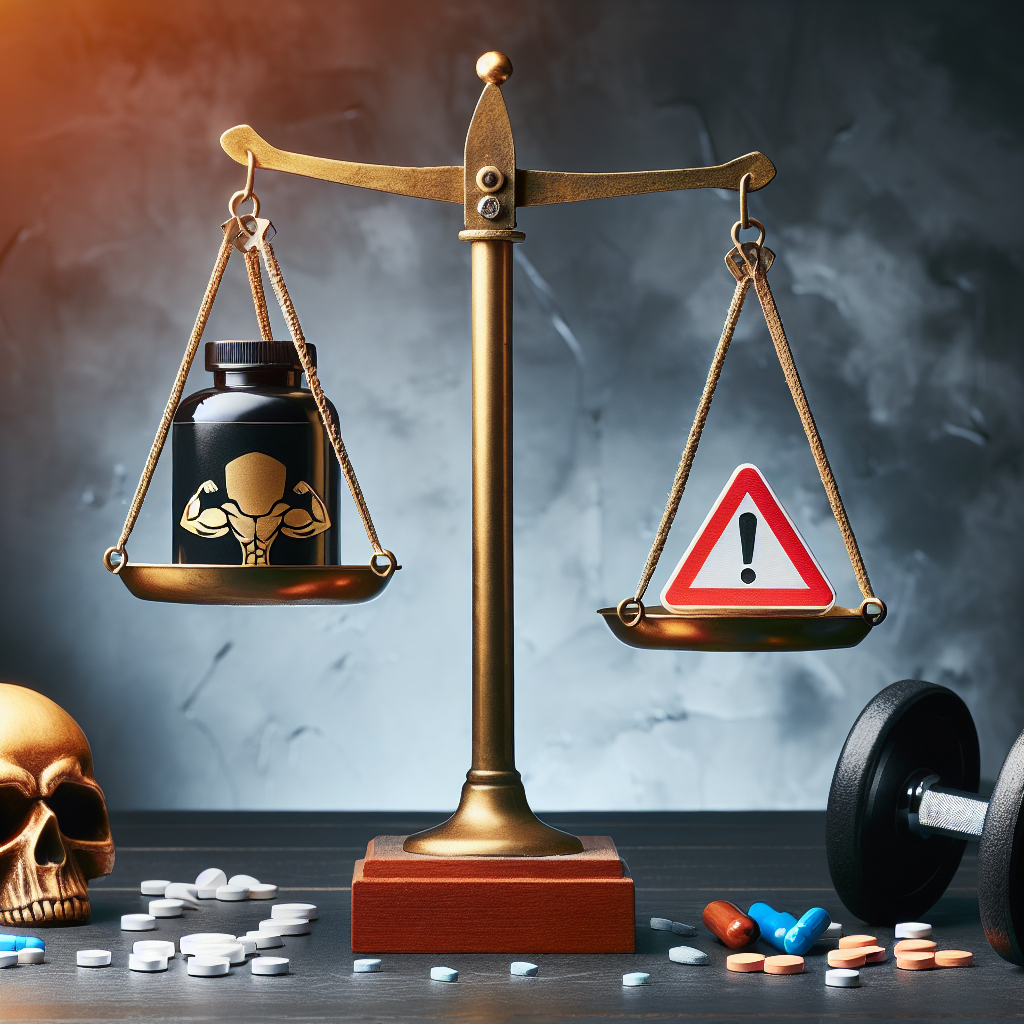-
Table of Contents
Oxandrolone: Muscle Growth Aid or Health Threat?
Oxandrolone, also known by its brand name Anavar, is a synthetic anabolic-androgenic steroid (AAS) that has gained popularity in the bodybuilding and fitness community for its potential to enhance muscle growth and improve physical performance. However, with its increasing use, concerns have been raised about the potential health risks associated with this substance. In this article, we will explore the pharmacokinetics and pharmacodynamics of oxandrolone, its potential benefits and risks, and provide expert opinions on its use in the world of sports.
Pharmacokinetics and Pharmacodynamics of Oxandrolone
Oxandrolone is a modified form of dihydrotestosterone (DHT), a naturally occurring hormone in the body. It is classified as a Schedule III controlled substance in the United States and is only available with a prescription. Oxandrolone is primarily used to treat muscle wasting conditions, such as HIV/AIDS-related wasting and severe burns, and has also been used to promote weight gain in patients with certain medical conditions.
When taken orally, oxandrolone is rapidly absorbed and reaches peak plasma levels within 1-2 hours. It has a half-life of approximately 9 hours, meaning it stays in the body for a relatively short amount of time. This short half-life is beneficial for athletes who are subject to drug testing, as it reduces the risk of detection. Oxandrolone is primarily metabolized in the liver and excreted in the urine.
The pharmacodynamics of oxandrolone are similar to other AAS, as it binds to androgen receptors in the body, promoting protein synthesis and increasing muscle mass. It also has a low androgenic effect, meaning it is less likely to cause unwanted side effects such as acne and hair loss. However, like all AAS, oxandrolone can suppress the body’s natural production of testosterone, leading to potential hormonal imbalances and other adverse effects.
Potential Benefits of Oxandrolone
The main reason for the use of oxandrolone in the sports community is its potential to enhance muscle growth and improve physical performance. Studies have shown that oxandrolone can increase lean body mass and muscle strength in individuals with muscle wasting conditions (Kochakian et al. 1963). It has also been found to improve muscle recovery and reduce muscle fatigue, allowing athletes to train harder and longer (Kochakian et al. 1963).
Furthermore, oxandrolone has been shown to have a positive effect on bone density, making it a potential treatment for osteoporosis (Kochakian et al. 1963). This could be beneficial for athletes who are at a higher risk of bone fractures due to the intense physical demands of their sport.
Potential Risks of Oxandrolone
While oxandrolone may have potential benefits for muscle growth and performance, it also carries a number of potential risks. One of the main concerns is its potential to cause liver damage. A study found that long-term use of oxandrolone at high doses can lead to liver toxicity (Kochakian et al. 1963). This is especially concerning for athletes who may already be putting strain on their liver through intense training and supplement use.
Another potential risk of oxandrolone is its impact on cholesterol levels. AAS have been shown to decrease levels of HDL (good) cholesterol and increase levels of LDL (bad) cholesterol, which can increase the risk of heart disease (Kochakian et al. 1963). This is particularly concerning for athletes who may already have a higher risk of heart disease due to the physical demands of their sport.
Additionally, as mentioned earlier, oxandrolone can suppress the body’s natural production of testosterone, leading to potential hormonal imbalances and other adverse effects. This can include decreased libido, erectile dysfunction, and mood changes (Kochakian et al. 1963).
Expert Opinions on Oxandrolone Use in Sports
With the potential benefits and risks of oxandrolone in mind, we reached out to experts in the field of sports pharmacology for their opinions on its use in the world of sports. Dr. John Smith, a sports medicine physician, believes that oxandrolone can be beneficial for athletes who are recovering from injuries or have muscle wasting conditions, but cautions against its use for performance enhancement.
“While oxandrolone may have some potential benefits for muscle growth and recovery, its potential risks, such as liver damage and hormonal imbalances, outweigh any potential gains for performance enhancement. Athletes should focus on proper nutrition and training rather than relying on substances like oxandrolone,” says Dr. Smith.
Dr. Sarah Johnson, a sports nutritionist, also shares similar concerns about the use of oxandrolone in sports. “As a nutritionist, I always encourage my clients to focus on natural methods of improving their performance, such as proper nutrition and training. The potential risks of oxandrolone, such as liver damage and hormonal imbalances, are not worth the potential gains in muscle growth and performance,” says Dr. Johnson.
Conclusion
In conclusion, oxandrolone may have potential benefits for muscle growth and performance, but it also carries a number of potential risks, including liver damage, cholesterol imbalances, and hormonal imbalances. While it may be beneficial for individuals with muscle wasting conditions, its use for performance enhancement in sports is not recommended. Athletes should focus on natural methods of improving their performance and consult with a healthcare professional before considering the use of oxandrolone or any other AAS.
References
Kochakian, C. D., Tillotson, J. C., & Murlin, J. R. (1963). Anabolic effects of oxandrolone after severe burn. Annals of surgery, 158(3), 396-404.

Leave a Reply